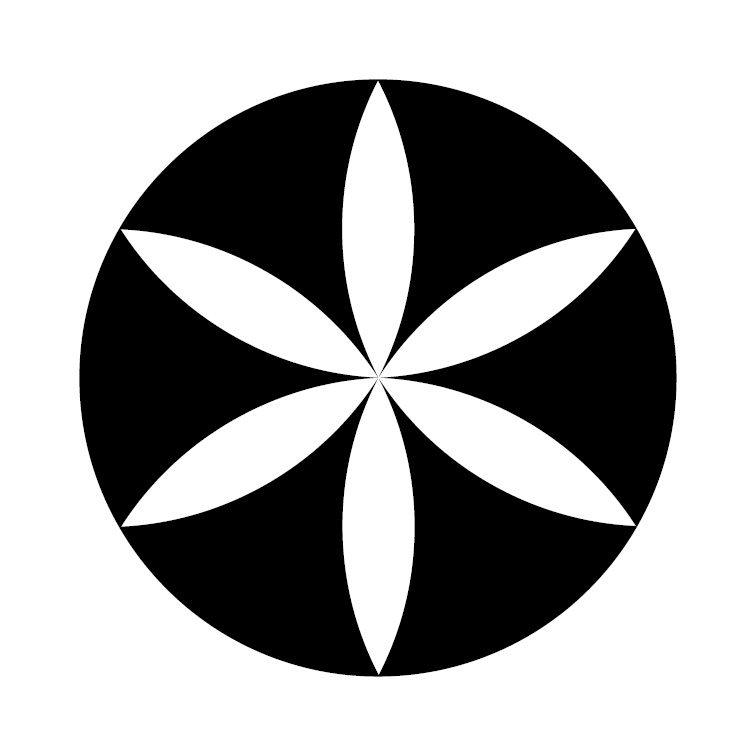Vešeľe v Uložu (A wedding in Uloža)
A wedding in Uloža, similarly as in other Spiš villages, used to be a large and complicated system of rituals and habits. The wedding itself had been preceded by rukovini (the present engagement), marriage banns, and the so-called best man’s dance which gave the village youth an opportunity to enjoy dancing long before the wedding itself.
The essential part of the wedding was the young newly married couple. The bridegroom in Uloža used to be called braudijan and the bride brauta. As a rule, weddings in Uloža used to take up to three days as late as the mid 20th century. Weddings were usually held in the carnival period, or prior to the field summer jobs. Before the wedding the bridegroom used to visit the bride’s home with a starosta whose job was to ask the bride’s parents for their consent. However, first they would show him an elderly woman dressed up as a bride and only then the real bride came out. The young couple to be married would say goodbye to the parents on their way from the house to the church and sprinkle themselves with holy water on their way out. Then the whole wedding procession followed them to the church where they were to be married.
After the wedding the procession started on their way to the bride‘s house but, after some time, young people usually went to the village pub to dance. In the 20th century weddings in Uloža used to be accompanied by folk music bands from the surrounding region.
Five photographs taken at a wedding in Uloža in 1944 are part of the present exhibition. They depict the wedding party in their special festive clothes. Individual wedding officials are wearing accessories that symbolised their functions, social or family status. The pictures are supplemented by two typical bride’s head covers. The first one is a girl’s head circlet which symbolised her status as a girl and a virgin. The second head cover is a bonnet with a scarf which, on the contrary, symbolised a married woman. It used to be put on a woman’s head for the first time at a special ritual čepčenie – placing the bonnet on a woman’s head – in the presence of married women only. With the placed bonnet on her head, the bride became a married woman and could not be seen in the public without the bonnet any more.
Using the dummies, the installation is depicting a newly married couple in traditional wedding clothes. The wedding atmosphere is enhanced by a wedding song from Uloža.
